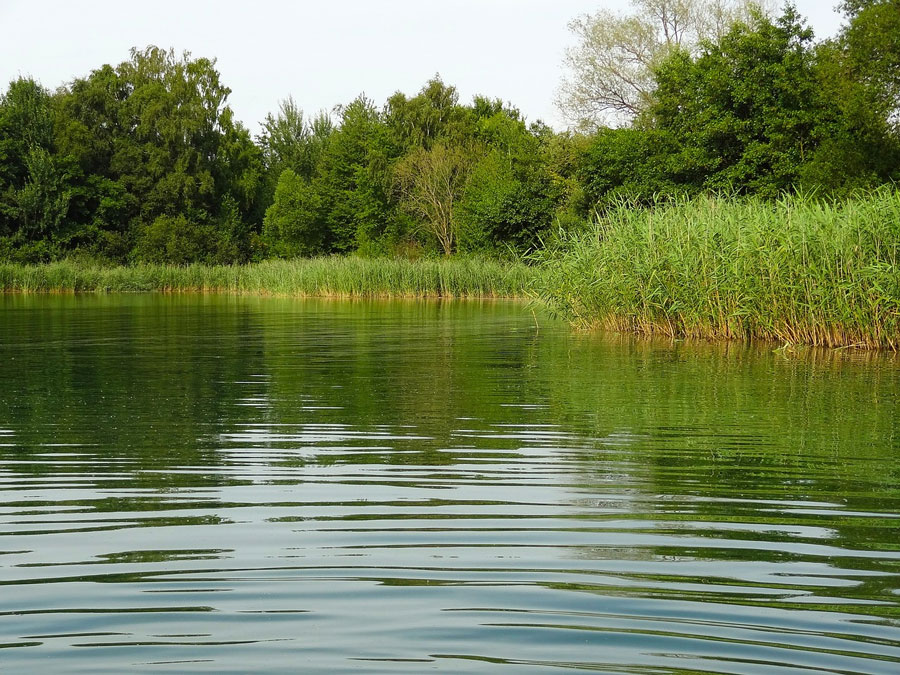Is there such a thing as a perfect world? Probably not. Can we help bring the world closer to perfection? Yes, I believe we can. Water is a resource that each of us can learn about to help make the quality of our environment a step closer to perfection. I know it is hard for one person to make a difference, but when we join in our efforts, changes can happen. I was doing some light reading about interpreting water quality results and learned that human choices and nature can affect the quality of water. I know that we cannot do much about the changes made by nature, but we do have a choice when we are the cause of the problem. There are many attributes that affect water quality, and we need to know what they are. Knowing the cause and effect of what we do to bring about good or bad outcomes is the key. Let’s say you’re a fish, live in a pond. How would water quality affect you?
I have never thought too much about fish and their natural habitat. There are a lot of things that can happen that change the world for a fish that we have control over. One thing that is a big deal is the water temperature. Drastic changes in water temperature whether it be an increase (getting too hot) or decrease (getting cooler), can cause havoc on aquatic organisms including invertebrates, amphibians, and fish. A natural change in water temperature will trigger certain activities such as breeding in aquatic wildlife, so when there is a drastic change in the water’s temperature due to sunlight, erosion, or too much vegetation, it can affect the timing for natural processes.
Water temperatures can rise due to the removal of trees and shrubs from around ponds and from streams and riverbanks, too much organic matter in the water (duckweed or algae), and soil erosion can cause water temperatures to rise. When trees and shrubs are removed, the shade is removed. Direct sunlight will increase the water temperature. Also, water that contains too much organic matter will cause water temperatures to rise. Organic matter will absorb the sunlight and will hold the heat. When soil is exposed, erosion will occur. Sediment from erosion will cause water temperatures to rise the same as organic matter does; cloudy water will absorb sunlight and hold heat. Sunlight plays a huge part in water temperature but also plays a part in keeping water oxygenized with the help from aquatic vegetation through photosynthesis. It’s plain to see why protecting the shade around a pond or on the banks of rivers and streams is important. Too much sunlight is not good but too little sunlight is just as bad. When development happens, sometimes more changes are made than just the landscape.
I know many of us do not have a pond and are certainly not a fish, but water quality goes beyond the pond. The little things that we can do will help. Don’t leave your soil bare; eroded soil is a major cause of pollution in Ohio’s rivers. Keep gutters and drains clear of trash and debris. The water in the storm drains mostly leads to rivers and streams, and what is in the water ends up there too. Bag pet waste and throw it in the trash. Never hose pet waste down a storm drain. Pet waste is toxic, so we need to keep it out of the waterways. Wash your car on grass or gravel or use commercial car washes. Commercial car washes are required to recycle water and send it to a wastewater treatment plant. If I’m alone working on improving water quality, not much will get done. Let’s join to make water quality a priority, and we will see some changes.
